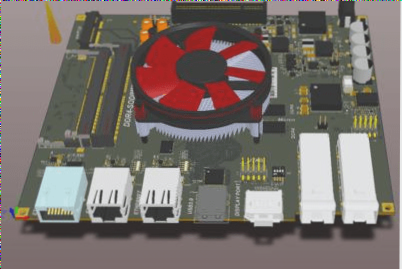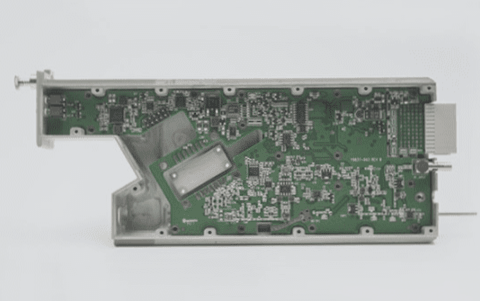Multilayer PCB structures and emulated PCB circuit designs.
The article outlines key components and features of PCB circuit boards, including layers for electrical conduction, insulation, component connections, solder resistance, labeling, surface protection, and the advantages of multilayer boards.
Multilayer PCB structures and emulated PCB circuit designs. Read More »










